Hot pot, a beloved culinary tradition enjoyed across Asia and increasingly around the world, is more than just a meal—it’s a communal experience that brings people together around a simmering pot of flavorful broth. Whether you’re hosting a cozy gathering at home or dining out with friends, mastering the art of hot pot begins with understanding the key ingredients that make this dish so irresistible. From aromatic broths to a vibrant array of proteins, vegetables, and dipping sauces, each component plays a vital role in creating a balanced and memorable feast. This article delves into the essentials of hot pot ingredients, offering insights into selection, preparation, and pairing to elevate your next hot pot adventure.
The Foundation: Broth Bases
The broth is the heart of any hot pot, setting the tone for the entire meal with its flavor profile. While recipes vary widely depending on regional preferences and personal taste, most broths fall into a few primary categories:
-
Spicy Sichuan Broth (Mala): Originating from China’s Sichuan province, this broth is characterized by its fiery red chili oil, Sichuan peppercorns, and a medley of spices like star anise, cloves, and cinnamon. The numbing sensation from the peppercorns (known as “ma”) pairs perfectly with the heat, creating a tingly, addictive base.
-
Tomato Broth: A milder option favored for its sweet and tangy notes, tomato broth is often enhanced with garlic, onions, and herbs like basil or oregano. It’s ideal for those who prefer a lighter, vegetarian-friendly foundation.
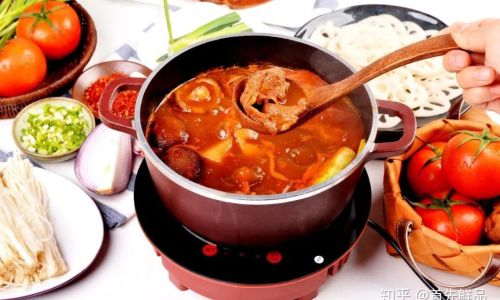
-
Herbal or “Medicinal” Broth: Popular in Chinese and Southeast Asian cuisine, this broth typically includes ingredients like goji berries, jujube dates, ginger, and chicken or pork bones. It’s prized for its warming, nourishing qualities.
-
Mushroom Broth: Earthy and umami-rich, this vegetarian or vegan option uses dried mushrooms (such as shiitake or porcini), kombu (seaweed), and soy sauce to create a savory base.
-
Clear Chicken or Bone Broth: A simple yet versatile choice, clear broths highlight the natural flavors of ingredients. They’re often seasoned lightly with ginger, scallions, and soy sauce.
Pro Tip: For a customized experience, consider a “split pot” setup with two broths (e.g., spicy and mild) to cater to diverse preferences.
Proteins: The Stars of the Show
No hot pot is complete without a selection of proteins to cook in the broth. The key is to choose fresh, high-quality ingredients that complement the broth’s flavor.
-
Beef: Thinly sliced ribeye, sirloin, or fatty brisket are classic choices. Look for marbled cuts that stay tender when cooked briefly. For a premium touch, opt for Wagyu beef.
-
Lamb: Sliced lamb shoulder or leg is a favorite in Northern Chinese and Mongolian-style hot pots. Its rich, gamey flavor pairs well with spicy broths.
-
Pork: Thinly sliced pork belly or collar butterfly (known as “shabu shabu” cuts in Japanese cuisine) cooks quickly and absorbs broth flavors beautifully.
-
Seafood: Shrimp, squid, mussels, and fish fillets add a briny sweetness. For convenience, use peeled and deveined shrimp or pre-cleaned squid.
-
Tofu and Bean Products: Firm tofu holds its shape in the broth, while soft tofu or tofu skin (yuba) absorbs flavors. For a meat-like texture, try frozen tofu, which has a chewier consistency.
-
Meatballs: Handmade or store-bought options like beef, pork, or fish balls add a bouncy texture. For a twist, try shrimp or squid balls.
Preparation Tip: Freeze meats slightly before slicing to achieve paper-thin cuts that cook in seconds.

Vegetables: Freshness and Crunch
Vegetables provide balance, texture, and nutrients to a hot pot. Aim for a mix of leafy greens, crunchy stems, and mushrooms.
-
Leafy Greens: Napa cabbage, bok choy, spinach, and watercress wilt beautifully in the broth. For a bitter note, add chrysanthemum greens.
-
Mushrooms: Enoki, shiitake, oyster, and king oyster mushrooms add earthy depth. Wood ear mushrooms offer a crunchy texture.
-
Root Vegetables: Thinly sliced lotus root, daikon radish, and potatoes add sweetness and starch. Blanch tough roots like taro first to soften them.
-
Aromatics: Scallions, garlic chives, and cilantro can be added directly to the broth or used as garnishes.
-
Crunchy Vegetables: Carrots, bell peppers, and snap peas provide a refreshing contrast.
Pro Tip: Use a mix of quick-cooking and slow-cooking veggies to stagger cooking times.
Carbohydrates: Starch for Satiety
Carbohydrates round out the meal, soaking up broth and sauces.
-
Noodles: Fresh udon, rice noodles, or sweet potato glass noodles (dangmyeon) are popular choices. Cook them separately or add to the broth toward the end.
-
Rice Cakes: Korean tteok (cylindrical rice cakes) or Chinese niangao (sticky rice cakes) offer a chewy bite.
-
Dumplings and Wontons: Frozen or fresh, these can be cooked directly in the broth. Try pork and chive or shrimp dumplings.
-
Bread: For non-traditional twists, dip slices of mantou (steamed buns) or fried youtiao (Chinese crullers) into the broth.
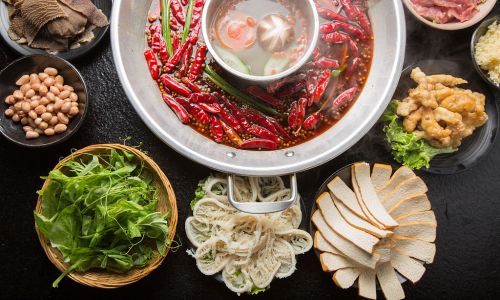
Serving Suggestion: Place starches in a communal bowl for easy sharing.
Dipping Sauces: Flavor Customization
Dipping sauces allow diners to tailor flavors to their liking. Offer a variety of bases and mix-ins.
-
Soy Sauce Blends: Light soy sauce mixed with sesame oil, minced garlic, and chili flakes.
-
Sesame Paste: Thick, nutty tahini or Chinese sesame paste diluted with broth or vinegar.
-
Vinegar-Based Sauces: Black vinegar or rice vinegar with ginger, cilantro, and sugar.
-
Spicy Oils: Homemade chili oil with Sichuan peppercorns, crushed peanuts, and scallions.
-
Fresh Herbs: Cilantro, Thai basil, and mint add brightness.
Pro Tip: Provide small individual bowls so guests can create their own sauces.
Optional Extras: Elevating the Experience
Take your hot pot to the next level with these additions:
-
Eggs: Crack an egg into the broth for richness, or use beaten eggs to coat thinly sliced meats.
-
Cheese: For a fusion twist, melt mozzarella or cheddar into the broth (best in mild tomato or herb bases).
-
Nuts and Seeds: Toasted sesame seeds, crushed peanuts, or cashews add crunch.

-
Pickled Vegetables: Kimchi, pickled mustard greens, or Chinese zha cai (preserved mustard stem) cut through richness.
-
Beverages: Pair spicy broths with cold beers, jasmine tea, or plum juice. For a non-alcoholic option, serve chrysanthemum or barley tea.
Dietary Considerations and Substitutions
Hot pot is inherently adaptable, making it easy to accommodate dietary restrictions:
-
Vegetarian/Vegan: Use mushroom or tomato broth, and focus on tofu, seitan, and veggies. Ensure noodles and dumplings are egg-free.
-
Gluten-Free: Opt for tamari instead of soy sauce, and check labels on processed ingredients like dumplings.
-
Low-Carb: Skip noodles and rice cakes, and load up on proteins and non-starchy veggies.
Setting Up Your Hot Pot Station
Organization is key to a smooth hot pot experience:
-
Layout: Arrange ingredients on platters by category (meats, veggies, etc.). Use lazy Susans for easy access.
-
Equipment: Invest in a portable induction cooker or electric hot pot for safety. Ensure spoons and tongs are available for each broth.
-
Timing: Start with proteins and starches, then move to veggies. Save delicate ingredients like enoki mushrooms for last.
Etiquette and Safety Tips
- Cooking Times: Provide a guide for optimal cooking times (e.g., beef: 10 seconds, shrimp: 2 minutes).
- Cross-Contamination: Use separate utensils for raw and cooked ingredients.
- Heat Management: Keep broth at a gentle simmer to avoid overcooking.
Conclusion
A successful hot pot meal hinges on thoughtfully curated ingredients that balance flavor, texture, and nutrition. By selecting a diverse array of proteins, vegetables, and dipping sauces, you create a canvas for culinary creativity. Whether you prefer the fiery kick of Sichuan mala or the soothing comfort of herbal broth, the communal act of sharing ingredients and stories around the pot fosters connection and joy. So gather your loved ones, fire up the broth, and savor the art of hot pot—one delicious bite at a time.
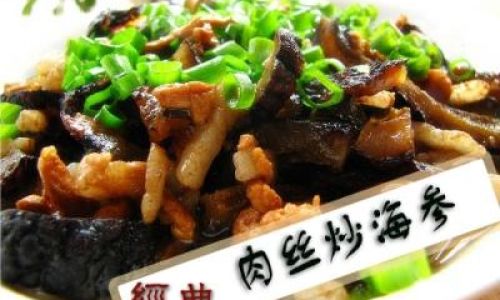
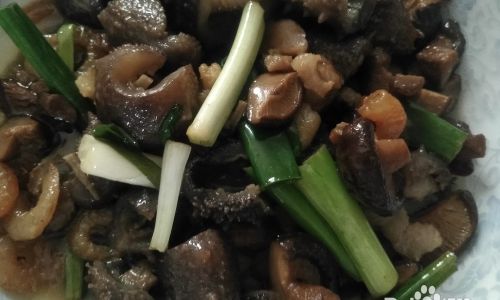
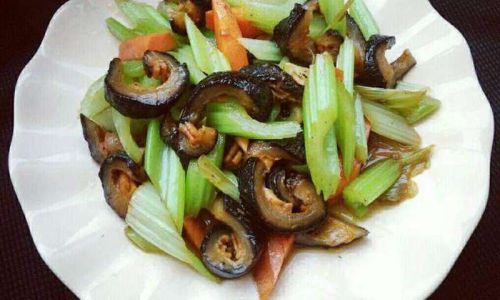
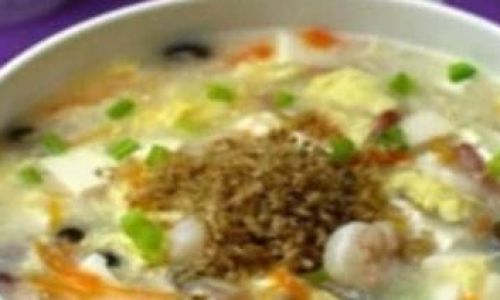


0 comments